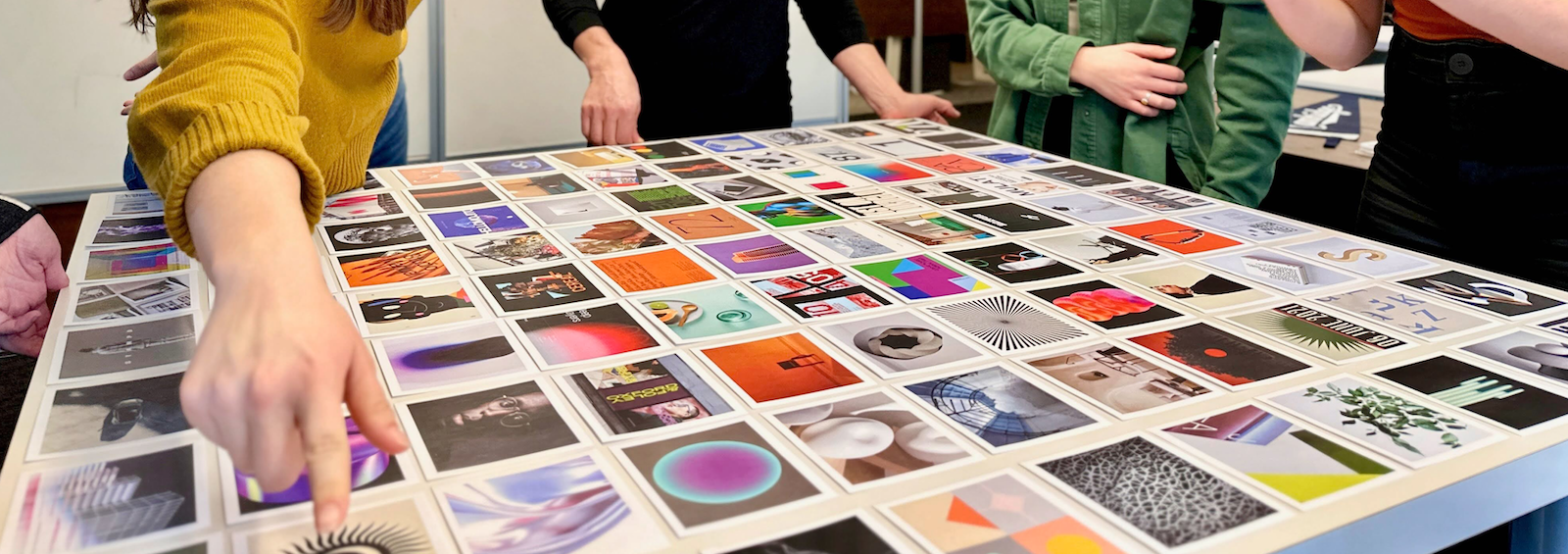What is service design blueprinting?
Service design blueprinting is the process of identifying and documenting how an organization's internal processes connect with customers' outward-facing touchpoints.
Service blueprints are often paired with customer experience journey maps to capture a comprehensive picture of how organizational activities and processes align (or misalign) with customer experience touchpoints.
For example, if the first touchpoint in the customer's pathway is a store visit, one internal process might be an employee greeting the patron. Next, as the customer browses, the inventory manager has (behind-the-scenes) kept items in stock.
The service design diagram
Typically, a service design blueprint is represented by a diagram. The diagram is divided into what the customer can see and what they cannot see. So, if one moment in the customer journey involves the user speaking with a sales rep via live chat, the part they see is the messaging interface. Behind the scenes, the employee responds in real time, supported by web technology.
Each half of the blueprint is further divided by interaction points. On the front end, arrows represent connections between the company and the customer. The customer uses the website or speaks with sales associates, for example. On the back end, invisible actions supporting the customer journey interact with internal processes. A third-party supplier might engage with the inventory management system or the employee in charge of reorders.
A service blueprint is an extension of a customer journey map. If an organization has many unique customer pathways, it may need several service blueprints. For example, an organization with physical retail, online shopping, and in-store pickup options will need at least three service blueprints.
Common elements of service blueprints
Though service blueprints come in a variety of formats, some more visual than others, a typical service blueprint will document:
- Customer actions, choices, and steps (often in the form of a journey map)
- Artifacts and places relevant to an organization that customers encounter throughout their experience journey.
- The organizational "frontstage" actions and activities that occur and are visible to customers.
- The organizational "backstage" actions and activities that occur in support of front-stage activities, but are not visible to customers.
- Internal processes that must occur in order to support and enable the frontstage and backstage actions.
A service blueprint provides a comprehensive understanding of the internal organizational processes that underlie customer touchpoints, allowing companies to identify how they may not be currently optimized to provide the best customer experience. This is especially valuable when poor customer experiences are not tied to a specific interface or touchpoint but to systemic issues that can only be solved through organizational change.

How to use service blueprint designs
Service blueprint diagrams offer useful insights into your organization and employees. When you need to make a company-wide shift, a detailed diagram shows where the changes are needed and why.
To use a service design map, you first need to understand the customer journey. Studies show service blueprinting is most effective when a market-oriented company has a robust knowledge of user behavior and preferences. It's an excellent tool for UX design because the process lends itself to in-depth customer research and journey mapping. It is not a tool suited for brainstorming how a new offering will look and work. Instead, it illustrates the processes that already exist. It can be used as an actual blueprint to bring a prototype to life before launch. More often, it's used to resolve problems in an existing organization and service.
Here are some of the uses for service blueprint designs:
- Understand weak points: For example, imagine we are trying to discern the cause of a long wait time for customer support: the customer satisfaction department might need to be expanded; The website might not be answering simple user questions; a shipping delay may be a systemic cause of complaints and fixing it will free up your service team. In most organizations, many factors, both visible and invisible, contribute to customer challenges. Mapping out all the contributing factors helps companies find pain points and their root causes so they can address them.
- Improve internal processes: Some organizations offer a good user experience at a high cost. The customers are happy, while the company drains time and resources supporting them. A service blueprint can identify these backstage inefficiencies to reveal opportunities for improvement.
- Design a new service: When a service and its supporting operations are planned, the company can implement them more effectively. These diagrams can serve as a blueprint for prototypes and tests before launch. Service blueprint design firms like Blink UX, use these tools to lay out design strategy and then execute it.
- Reveal complexities: Sometimes, processes and services are too entrenched in institutional knowledge. They become hard for anyone to fully comprehend. Individual departments are often focused on themselves and not on how they interact with other processes. They might not know how their actions impact the customer journey. Further, when many employees, teams, and suppliers collaborate, it can be helpful to map out each player's role.
- Focus on the user: A service blueprint reveals how every process contributes to the customer journey. Employees who don't interact with customers can see how their work impacts the user experience. A service blueprint design unites an entire company's processes around UX principles.
Map your processes, align your company
At Blink, we love breaking down the user experience from start to finish — including everything that happens behind the scenes. Service design blueprints can make teams more user-focused and more efficient. We get excited when our work helps clients break down internal silos and satisfy their customers' every need.
Get in touch with our team, and we'll start blueprinting your services today.



